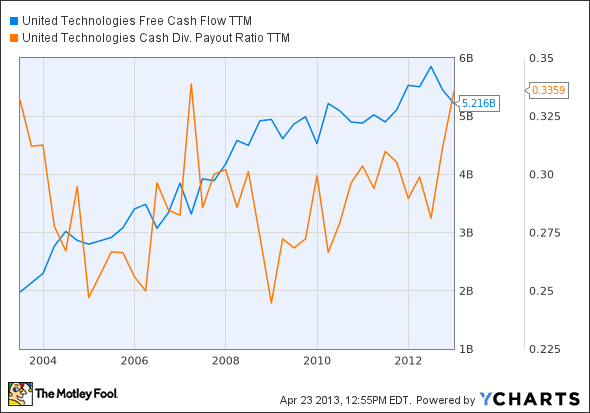LONDON -- Imperial Tobacco (LSE: IMT ) (NASDAQOTH: ITYBY ) released half-year results for the six months to March 31, 2013 this morning, in which pretty much everything had declined, compared with 2012. Adjusted operating profit plunged 6.7%, to 1,359 million pounds, on tobacco net revenues that were down 3.1%, at 3,284 million pounds. Stick equivalents (a measure that reflects combined cigarette and fine-cut tobacco volumes) fell 5.9% to 149.7 billion, and adjusted earnings per share dropped 3.1%, to 90.2 pence.
The poor results -- which were anticipated in an interim management statement in Jan. 2013 and seem to have already been priced in by the market -- were blamed on difficult trading conditions in the EU, particularly in Spain and the company's "rest of EU" region, which undercut better performances in the U.K. and Germany. Similarly, good results from the "rest of world" region -- especially Asia-Pacific, Africa, and the Middle East -- were undermined by declines in the U.S. and Russia.
Despite a disappointing set of figures, the board has increased the interim dividend by 11%, to 35.2 pence per share, and says it intends to grow dividends by a minimum of 10% every year in the medium term.
Commenting on the results, Imperial Tobacco's chief executive Alison Cooper said
Our focus on quality growth has delivered further volume and revenue gains from our key strategic brands and fine cut tobaccos and good results in a number of markets across our footprint.
The resilience we're showing in a deteriorating EU environment demonstrates the strength and versatility of our unique total tobacco portfolio. Further afield, excise-driven market dynamics in Russia and our transition to a new pricing strategy in the USA slowed our revenue and profit momentum in non-EU territories, masking the good growth we're generating in Asia-Pacific and Africa and the Middle East.
In January we said these headwinds would affect our first half results and in line with our strategy we've been implementing portfolio and cost initiatives to strengthen delivery in the second half and into 2014. Leveraging our total tobacco brands and optimizing costs will drive this stronger performance, supported by effective cash management, enabling us to continue to create sustainable value for our shareholders.
Imperial's share price is now down nearly 7% on this time last year, but at least shareholders have the comfort of a dividend that currently stands at a little more than 5% and which is forecast to rise more than 5.5% in 2014.
If you're looking for other high-dividend companies that provide a healthy yield, you'll definitely be interested in the shares selected by the Fool's top analysts in their new and exclusive wealth report called "5 Shares You Can Retire On," which reviews five particularly attractive opportunities in the FTSE 100.
All five opportunities offer a mix of robust prospects, illustrious histories, and dependable dividends. Just click here for the report -- it's free!












.gif)
